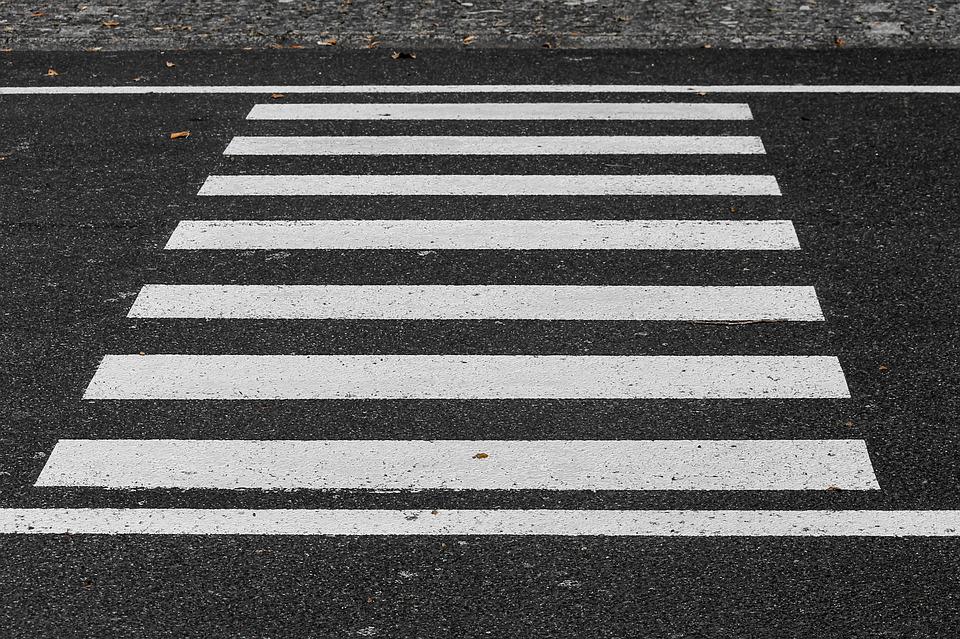The realization of a road marking is to guarantee the fluidity of the traffic and the safety of the users on the road. To be visible and respected, this road marking must be made with suitable materials. Choosing between the various products offered on the market is not always easy, since the one selected must be highly resistant to impact and weather. Here are the products frequently used to make a road marking.
Paints
Several types of paints can be applied to tarred surfaces. Because of its ease of maintenance, this product is the most popular with administrations, companies, and individuals to mark the road or parking lot. Available in several formats (in buckets or aerosols), the paints offer ample choice to their users. They can be applied using an airless sprayer with a tracer gun, a brush, or a roller.
Water-based paint
As the name suggests, water is the main component of this type of paint, making it the most affordable. Other elements such as solvents, pigments, powders, and additives can also be used in water-based paint composition. Compared to other pavement marking products, this product is much easier and faster to apply. In addition, its drying time is reduced. Users can then use the road shortly after the marking is done.
Nevertheless, water-based paint is not very resistant to temperature changes. Therefore, it is necessary to take precautions to protect it from cold or extreme heat.
In addition, water-based paint is susceptible to high humidity, which considerably increases the drying time. If the support is dedicated to a widespread passage, it is better to avoid using this paint because it is less durable.
Solvent-based Paint
This type of paint is made from hydrocarbon solvents that contain solid elements (binders, pigments, and additives). Because of its high resistance to cold, solvent-based paint is recommended in low-temperature regions, unlike water-based paint, which breaks down during freezing. There are special dilution products such as mineral spirits for maintenance and cleaning.
Cold coatings
These are paints made of two main components: a base material and a hardener. These components are mixed only when the paint is applied. A non-serrated spatula is required to apply the coating. Renowned for their durability and resistance, cold coatings are recommended for heavily trafficked road surfaces, especially in outdoor areas (parking lots, access roads, urban roads). They also offer a good quality/price ratio.

Hot mixes
Also known as thermoplastic resins, hot mixes are contained in hot melt bags. They come in the form of solvent-free powders.
To produce a fluid product, the coatings must first be heated in a mixer at a temperature between 160°C and 180°C. Concerning the dosage, 5 to 8 kg of plaster is needed for 1 m² of floor to be marked. The ideal thickness to ensure the quality of the work is 2 mm.
There are three application methods for this type of paint: the cast technique, the extruded technique, and the sprayed technique.
To improve the adhesion of bitumen paints and coatings, dusting products can be used. Examples include:
- glass beads to enhance retroreflection ;
- anti-skid fillers to reinforce adhesion in urban areas;
- a mixture of the two products: glass beads and anti-skid fillers.
Adhesive Marking Strips
These are prefabricated, ready-to-use strips that are intended for quick use. As soon as the installation is finished, the traffic can be opened.
On the market, several types of adhesive tapes can be found:
- self-adhesive elastomeric tapes: no material is required for their application;
- elastomeric strips to be glued: which require the use of a mono-component glue or a hot bitumen;
- methacrylate resin strips: to be bonded with a two-component sealing adhesive;
- Thermo-adhesive strips: which require the use of a blowtorch.

